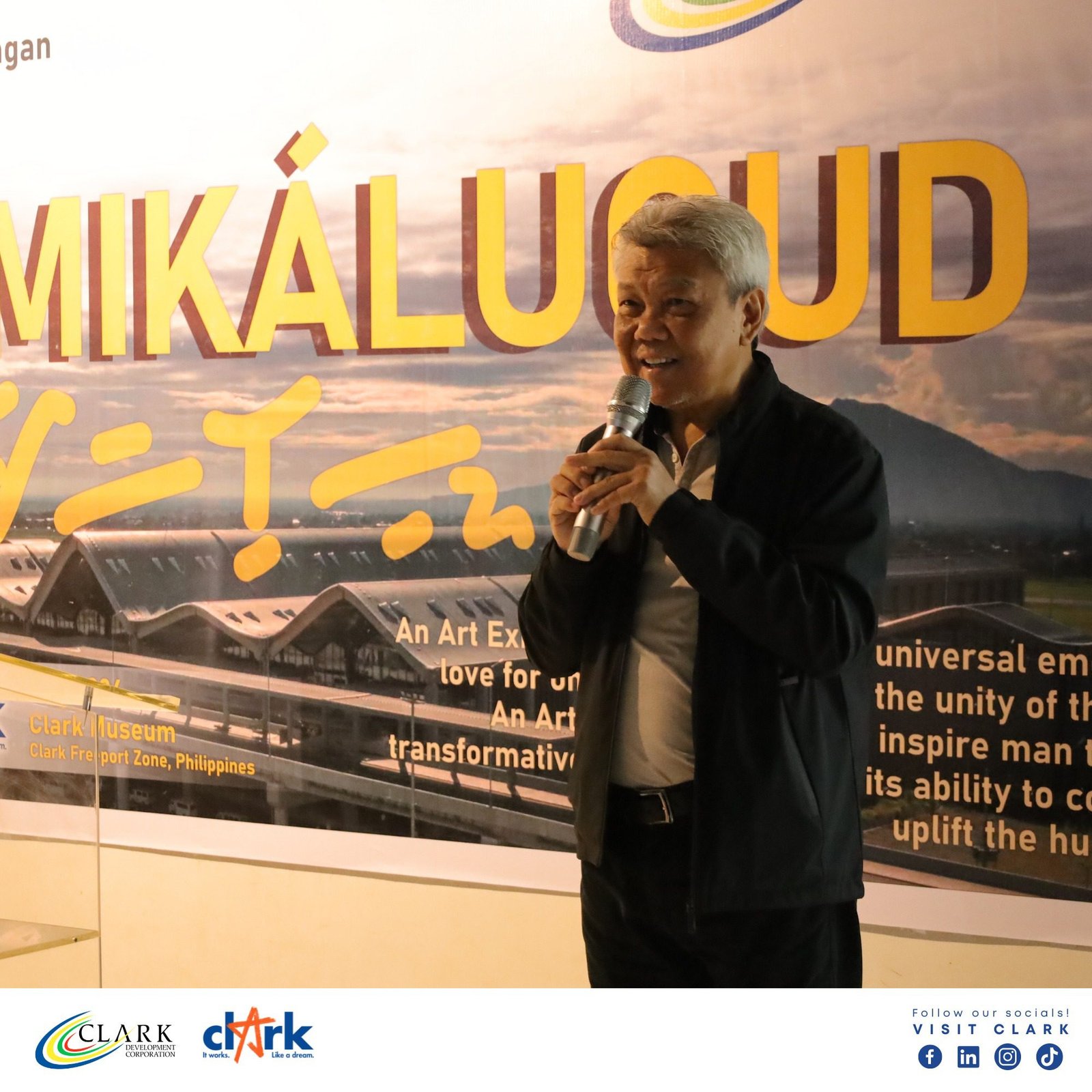The Philippine Institute of Volcanology and Seismology (Phivolcs) said Wednesday that Taal Volcano is continuously spewing hot gases that could lead to sporadic phreatic eruptions. Phivolcs has observed weak phreatic or steam-driven eruption at the Taal Main Crater between 8:27 a.m. to 8:31 a.m., producing white steam-laden plumes 2,000 meters high.
This was likely driven by the continued emission of hot volcanic gases at the Taal Main Crater and could be succeeded by similar events, Phivolcs said in an advisory.
Phreatic eruption occurs when water beneath the ground or on the surface is heated by volcanic activity.
“It means that Taal Volcano is still continuously spewing out hot volcanic gases which leads to sporadic phreatic eruptions since last month,” Phivolcs Director Teresito Bacolcol said.
Sporadic or unexpected/random phreatic eruptions happen without warning, he said.
“Phreatic eruptions that we have been observing since April are driven by hot volcanic gases, and this may continue for some time,” he said.
Sulfur dioxide (SO2) emissions have decreased last week and averaged 2,191 tonnes on May 6, Phivolcs said.
Average SO2 emissions since January remain high at 8,913 tonnes/day.
The background levels of volcanic earthquake activity and ground deformation detected at Taal indicate that unrest is unlikely to progress into a magmatic eruption.
Taal Volcano is still under Alert Level 1, which means that it is still in abnormal condition.
Sudden steam-driven or phreatic explosions, volcanic earthquakes, minor ashfall and lethal accumulations or expulsions of volcanic gas can occur and threaten areas within Taal Volcano Island (TVI) or Taal’s permanent danger zone.
Bacolcol said they would like to remind the public not to venture inside the TVI as phreatic eruptions may take place without warning.
Local government units are urged to continuously monitor and assess preparedness of their communities and undertake response measures to mitigate hazards posed by long-term degassing and related phreatic activity.
Pilots are also advised to avoid flying close to the volcano, as airborne ash and ballistic fragments from sudden explosions and wind-remobilized ash may pose hazards to aircraft, Phivolcs said. (PNA)












